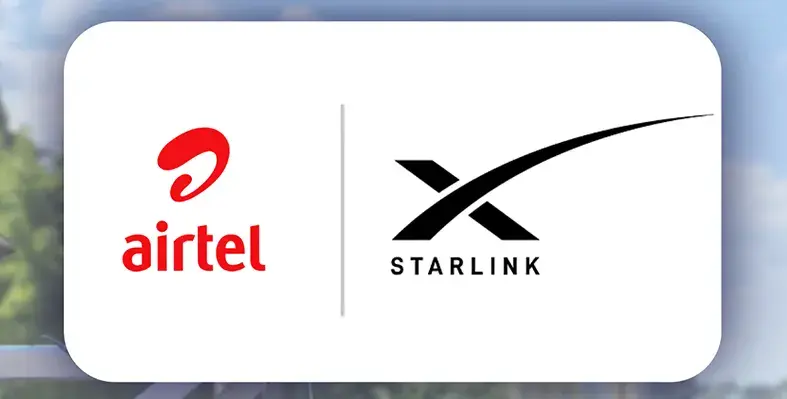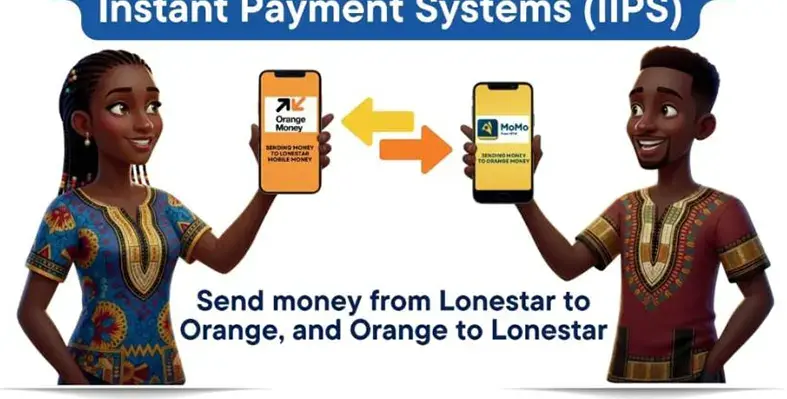Given its reach, satellite technology would seem an ideal way of supporting the delivery of education to remote areas. But is it? An article in the latest issue of Communications Africa addresses this
In fact, it already does. As an example, back in 2015, Avanti Communications, a provider of satellite technology across Europe, the Middle East and Africa, began leading a consortium that delivers improved numeracy and literacy educational outcomes to marginalised schoolchildren in Kenya through a UK Foreign, Commonwealth & Development Office (FCDO)- funded project called iMlango.
After five years the project had been implemented in 205 primary and 40 secondary schools across four regions in Kenya, reaching over 180,000 marginalised students. It showed exceptional learning outcomes for these children, doubling their numeracy learning rates.
The programme incorporates satellite broadband internet-based individualised learning which is supported by in-field technical support and by real-time monitoring based on sophisticated machine-to-machine learning and artificial intelligence technologies.
Nor is this the only example of such inventive approaches to combining satellite communications and education. We asked three major players in satellite communications to tell us about their work in this field. First of all, we asked, how can satellite communications can be an effective delivery system for remote learning in Africa?
Scott Mumford, is chief executive officer with Liquid Telecom Satellite Services, part of technology group Liquid Intelligent Technologies, and a board member at the trade group the World Teleport Association. He said, “The vast majority of schools in Africa are outside of the main metropolitan areas; as such there are few to no connectivity options available to them. Both fibre and mobile network operators cannot justify the high cost of infrastructure build into these locations.”
He continued, “This is where satellite comes in to its own! With ubiquitous coverage of the African continent, satellite can reach, in one guise or another, every school – no matter how remote.”
LT’s Mumford described this as “an everchanging landscape from a satellite perspective, with unprecedented levels of investment into space-based communications. This, combined with the technological advancements in the ground segment capabilities, has really moved the offerings forward.” He continued, “If we are looking at VSAT and GEO satellites, we're now offering 30Mbps - 50Mbps on traditional onemetre diameter terminal equipment with price points of under US$1,000 and monthly service costs of under US$500.”
He concluded, “When looking at MEO (medium earth orbit) the terminal pricing is still relatively high, but the bandwidth capabilities are into the Gbps. Now, with the advent of LEO (low earth orbit) we're seeing another new dimension. Terminal pricing for LEO access is still relatively high at this point, at over US$1,000 a unit. That will drop significantly with volume, but we are seeing services of 100Mbps - 200Mbps – which is great news for the continent!”
To read the full article, click here























